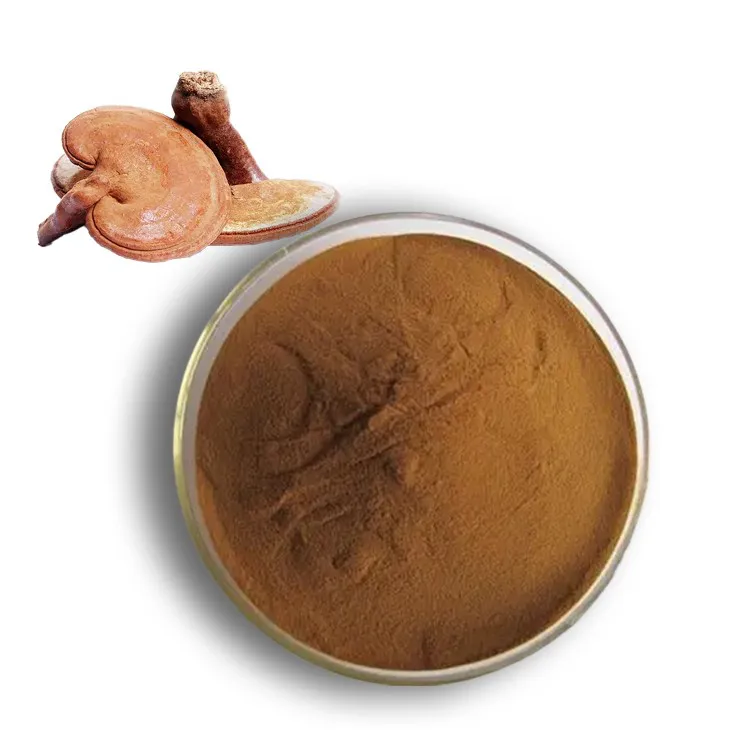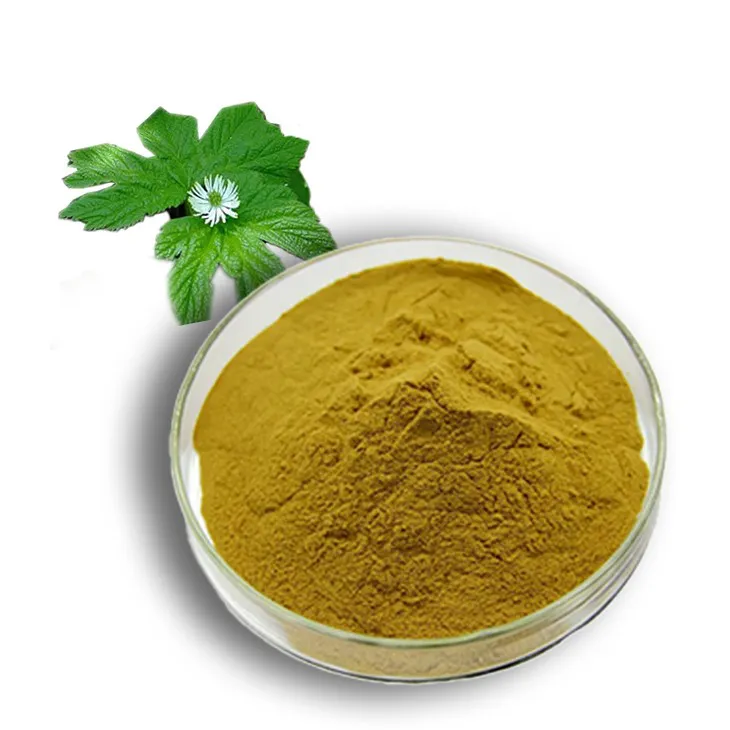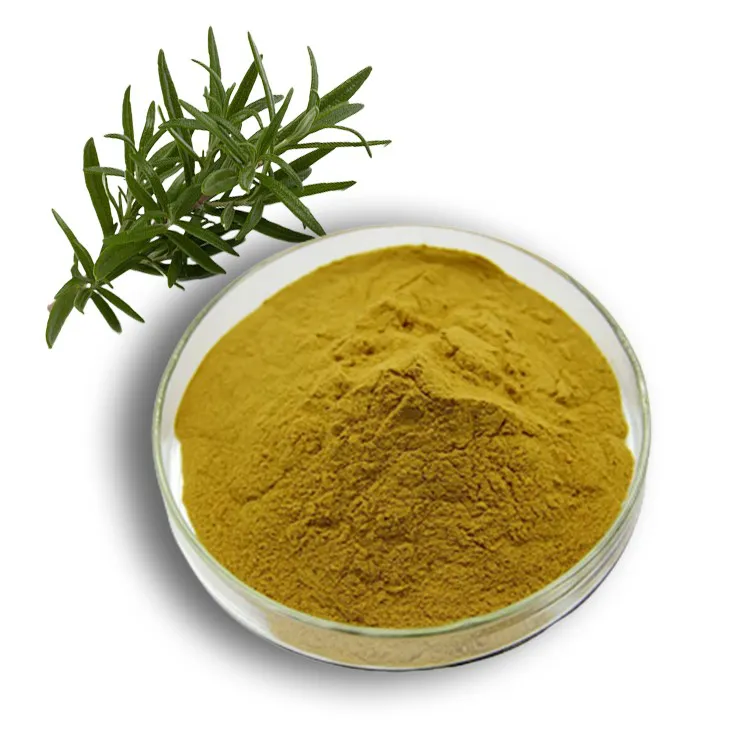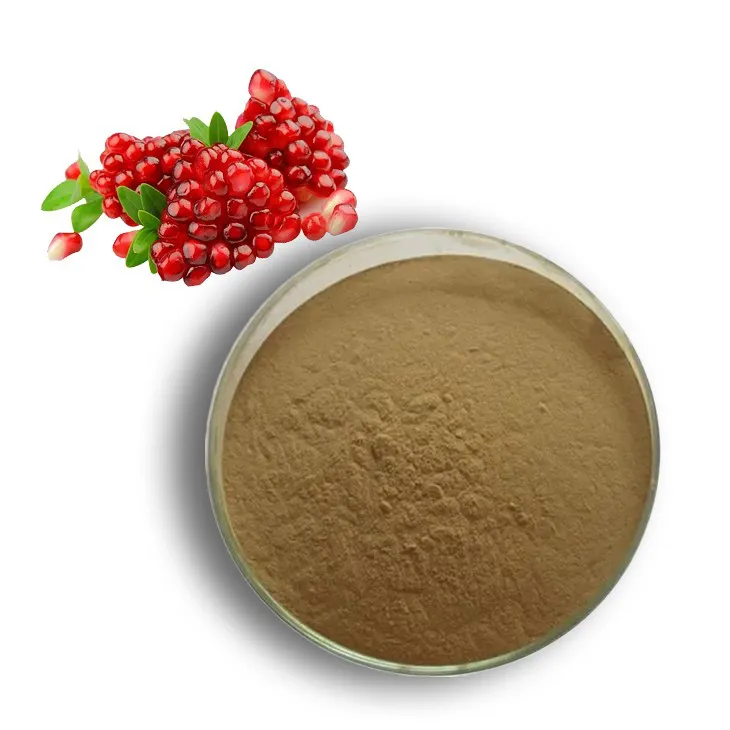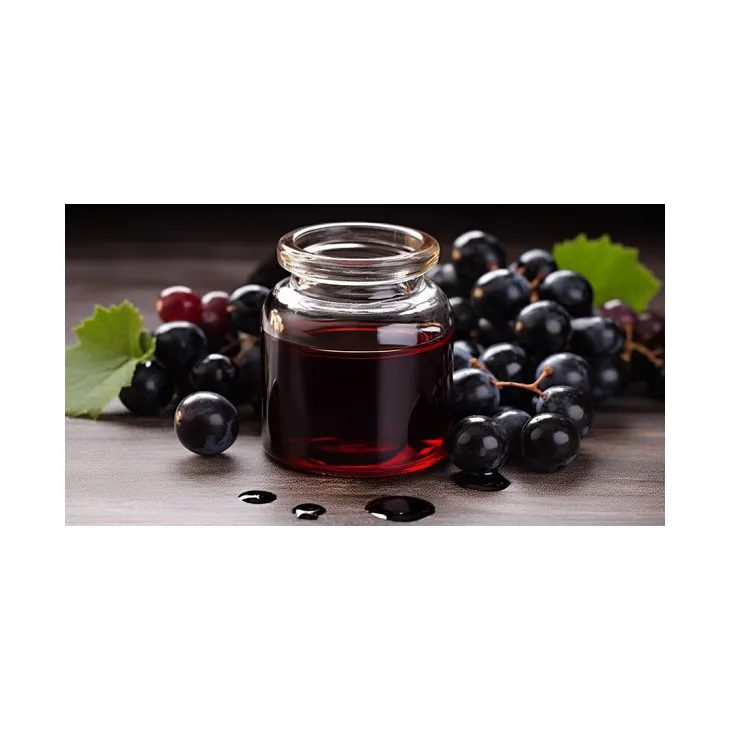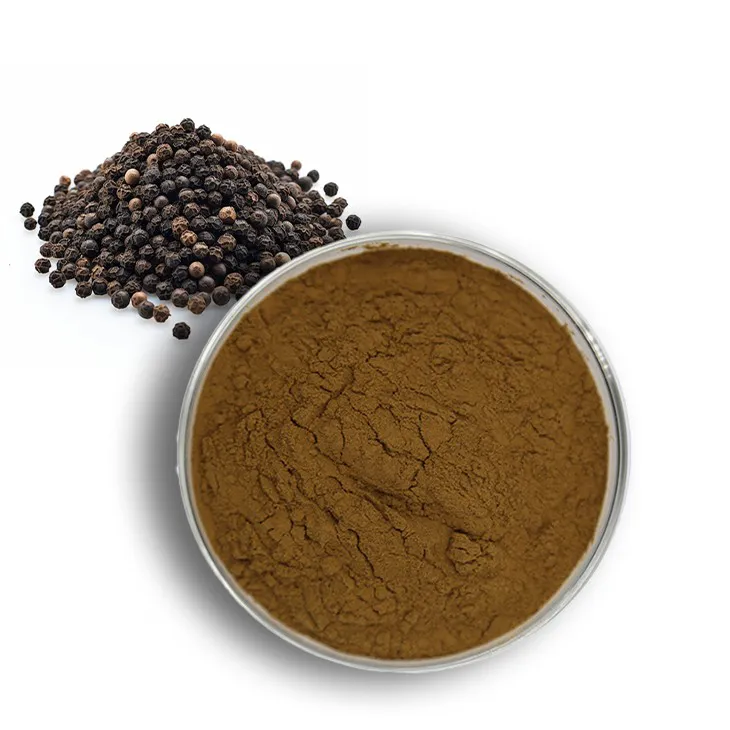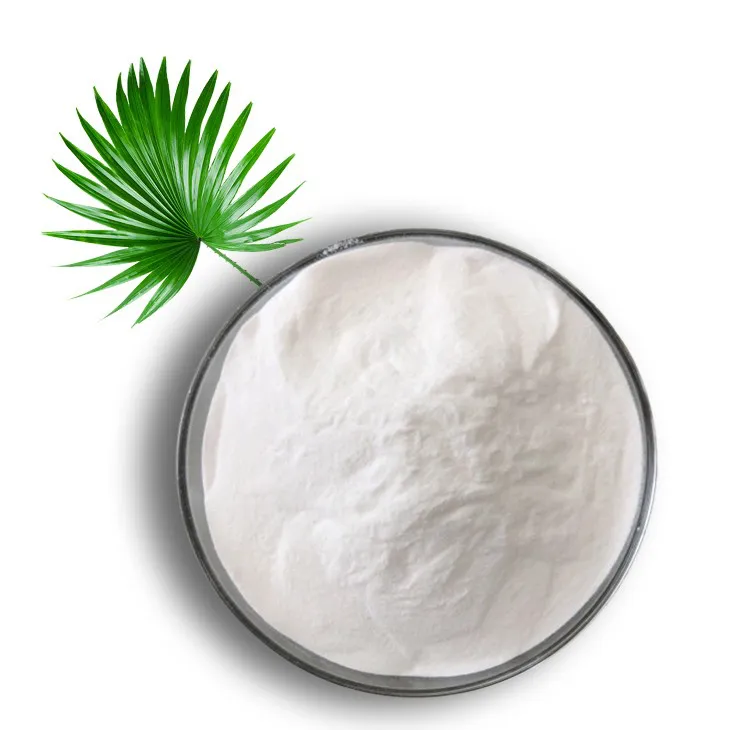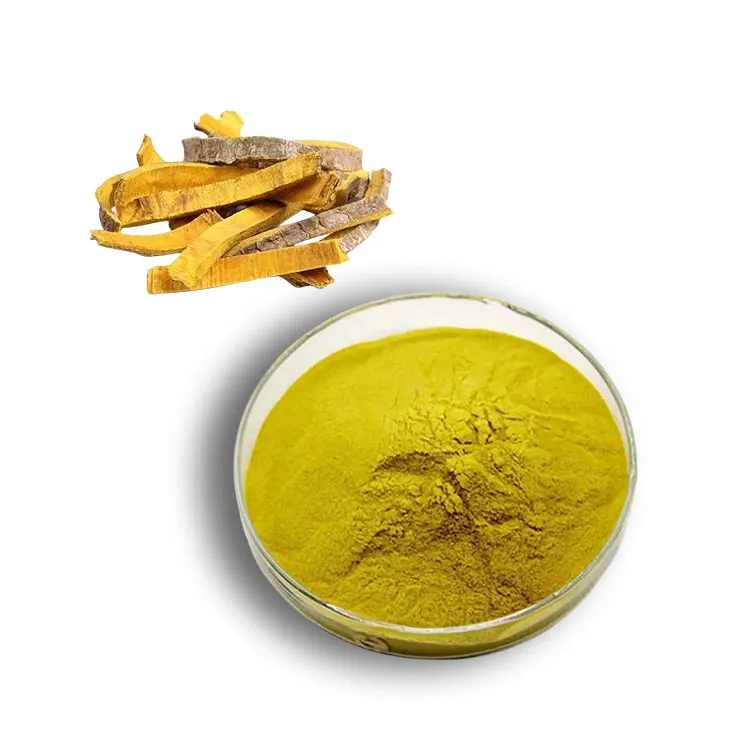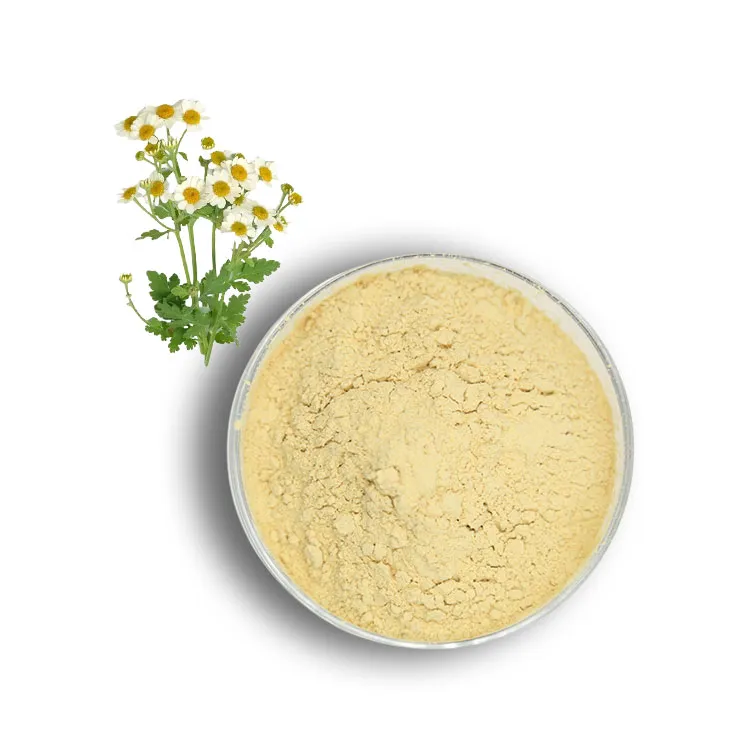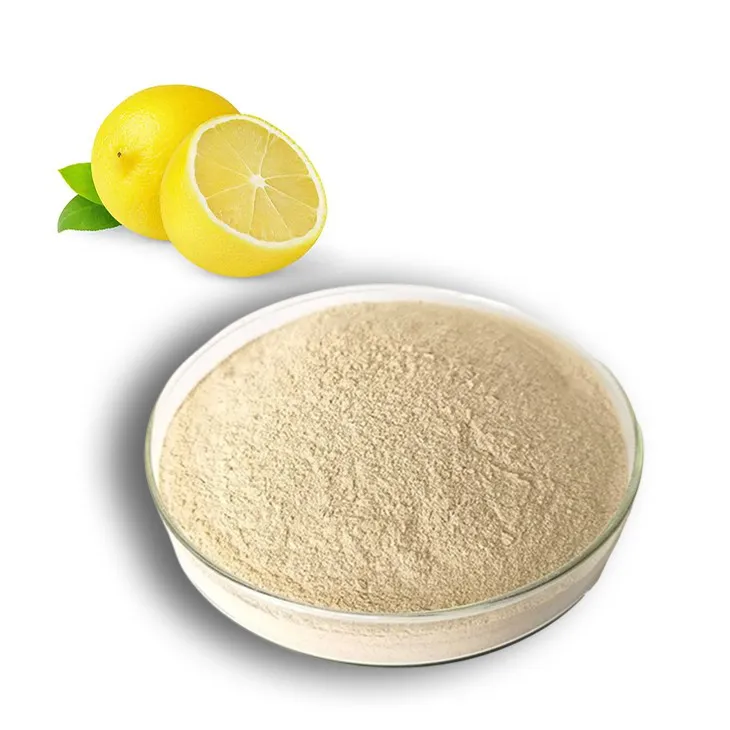- 0086-571-85302990
- sales@greenskybio.com
Fig Extract: China vs. the United States
2024-11-28
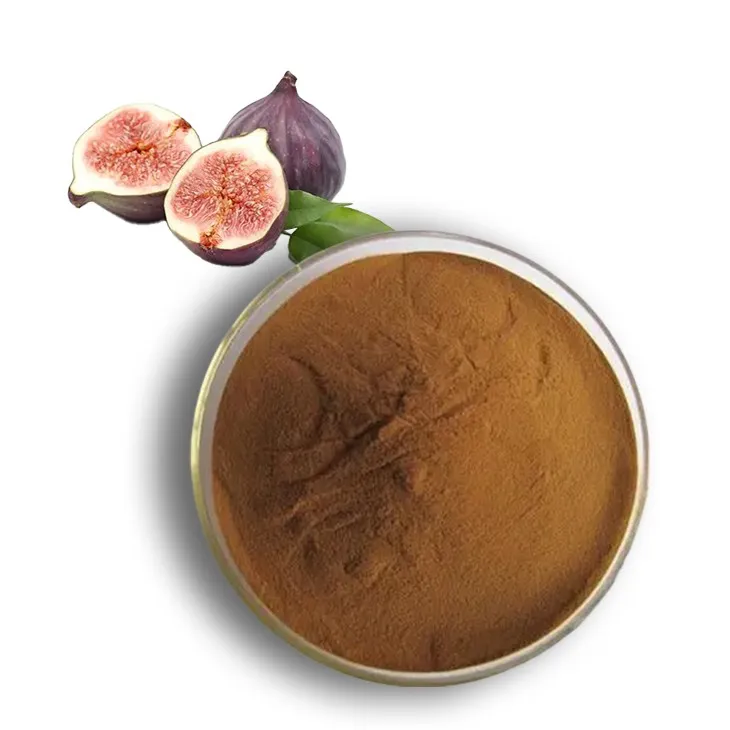
1. Introduction
Fig Extract has been of great interest in both China and the United States due to its various potential benefits. However, the two countries have different approaches and developments in relation to Fig Extract in terms of production, research, and applications. This article aims to conduct a comprehensive comparative study to better understand these differences.
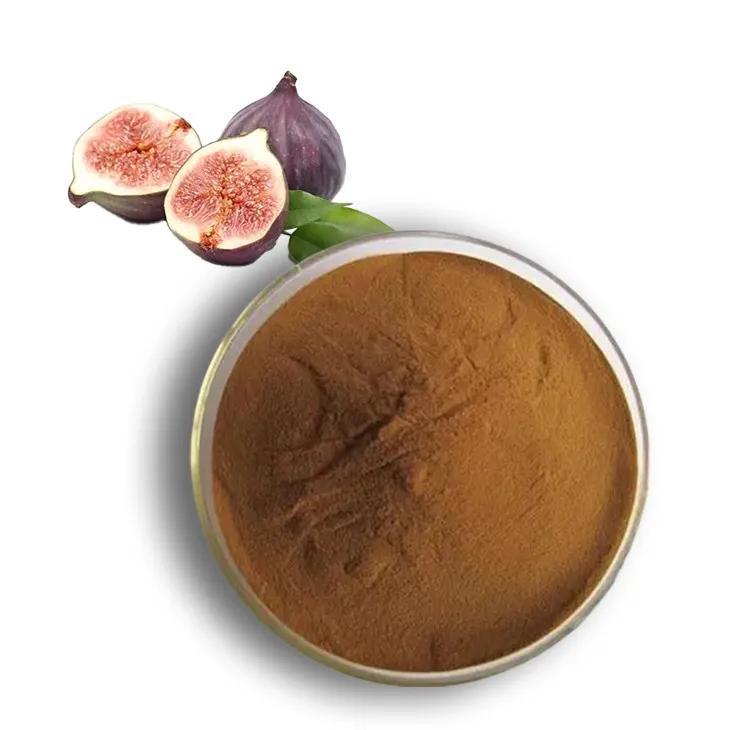
2. China: Traditional Use and Emerging Modern Techniques
2.1 Traditional Use
In China, figs have a long history of traditional use. Fig Extract has been used in traditional Chinese medicine for centuries. It was often used to treat ailments such as digestive problems, including diarrhea and constipation. The traditional belief was that fig extract could help regulate the intestinal function.
Moreover, in some rural areas, fig extract was also used topically for skin conditions. For example, it was believed to be helpful in treating minor wounds and skin inflammations. This traditional use was passed down from generation to generation, and it forms an important part of China's rich medical heritage.
2.2 Emerging Modern Techniques
With the development of modern technology, China has made significant progress in fig extract production. Modern extraction techniques such as supercritical fluid extraction have been introduced. This technique allows for more efficient extraction of the active components in fig extract, ensuring higher quality and purity.
China has also been exploring the use of fig extract in the food and beverage industry. For instance, fig - flavored drinks and food products with added fig extract are becoming more popular. These products not only provide a unique flavor but also potentially carry the health benefits associated with fig extract.
In addition, in the field of cosmetics, Chinese companies are starting to incorporate fig extract into their products. Fig extract is believed to have properties that are beneficial for skin hydration and anti - aging. The development of modern extraction techniques has enabled a more stable and effective use of fig extract in cosmetics.
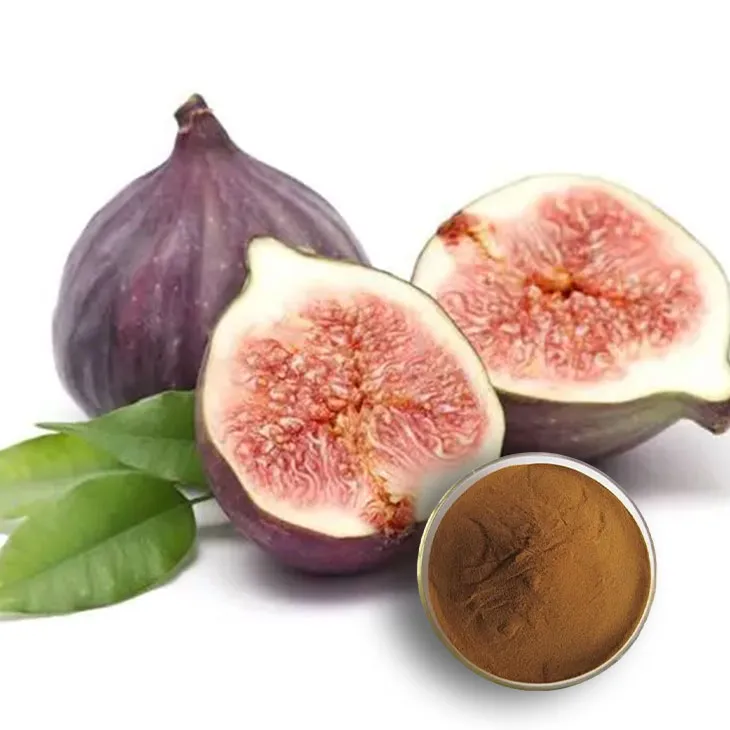
3. The United States: Scientific Research and Commercial Utilization
3.1 Scientific Research
In the United States, there has been extensive scientific research on fig extract. Scientists are interested in the chemical composition of fig extract. They have identified a variety of bioactive compounds in fig extract, such as phenolic compounds and flavonoids.
Research has also focused on the potential health benefits of these compounds. For example, some studies have suggested that the phenolic compounds in fig extract may have antioxidant properties, which could help in preventing various diseases related to oxidative stress, such as heart disease and certain types of cancer.
Another area of research in the US is the study of the effect of fig extract on the immune system. Scientists are exploring whether fig extract can enhance the immune response and potentially be used as an adjuvant in immunotherapy.
3.2 Commercial Utilization
The US has a well - developed commercial market for fig extract - related products. In the dietary supplement industry, fig extract is sold as a standalone supplement or as part of a multi - ingredient supplement formula. These supplements are marketed towards consumers who are interested in natural health products and are looking for potential health benefits such as improved digestion or antioxidant protection.
Moreover, in the pharmaceutical industry, although fig extract has not yet been developed into a mainstream drug, some pharmaceutical companies are conducting pre - clinical and clinical trials to explore its potential as a therapeutic agent. If successful, this could lead to the development of new drugs based on fig extract.
In the food industry, fig extract is used in some high - end or specialty food products. For example, it may be added to gourmet jams or artisanal baked goods to enhance the flavor and potentially add a health - promoting aspect.
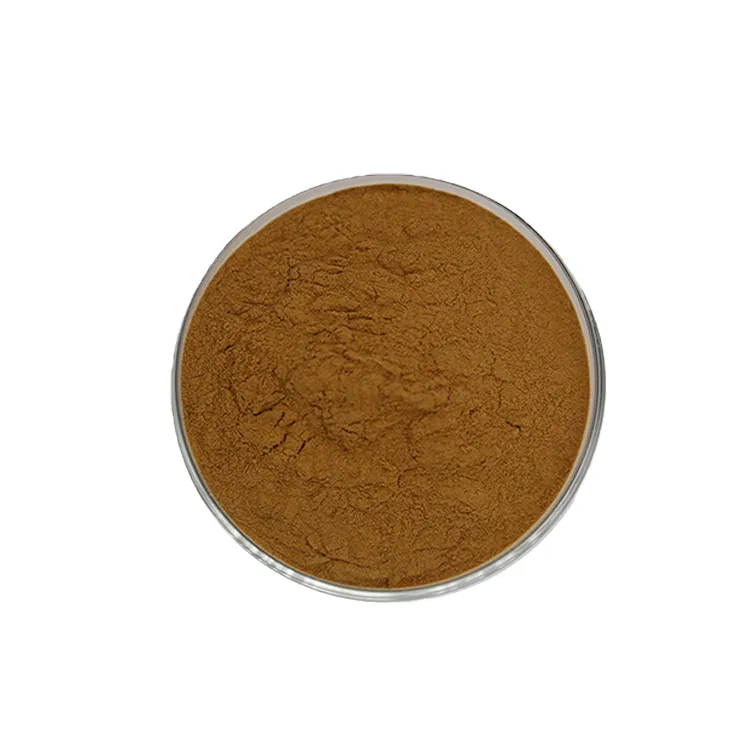
4. Differences in Production
China:
- China has a large - scale production base for figs, which provides a rich source of raw materials for fig extract. Figs are grown in many regions across the country, especially in the southern regions where the climate is more suitable.
- The production of fig extract in China often emphasizes traditional cultivation methods combined with modern extraction techniques. This combination aims to preserve the traditional characteristics of figs while also meeting modern quality and efficiency requirements.
The United States:
- In the US, fig production is more concentrated in certain regions, such as California. The production scale may be relatively smaller compared to China in terms of the overall area of fig cultivation.
- The US production of fig extract focuses more on scientific research - driven production. That is, the production process is often guided by scientific research findings to ensure the extraction of specific bioactive components with high quality.
5. Differences in Research
China:
- Chinese research on fig extract often starts from its traditional use in medicine. Researchers are more likely to explore how to modernize and optimize the traditional uses, such as improving the extraction methods to enhance the efficacy of traditional remedies.
- Research in China also pays attention to the application of fig extract in new fields such as food and cosmetics, aiming to expand the market and utilization range of fig extract.
The United States:
- US research on fig extract is mainly concentrated on in - depth exploration of its chemical composition and biological activities at the molecular level. This type of research is more fundamental and aims to uncover the underlying mechanisms of the potential health benefits of fig extract.
- There is also more cooperation between academic institutions and commercial enterprises in the US in the research of fig extract. This cooperation promotes the transformation of research results into commercial products more quickly.
6. Differences in Applications
China:
- In China, fig extract is widely used in traditional medicine - related products, such as traditional Chinese medicine preparations. These products are mainly sold in domestic markets, with a certain degree of popularity among consumers who believe in traditional Chinese medicine.
- The application of fig extract in the food and beverage industry in China is more focused on the development of local - flavored products. For example, fig - flavored tea or traditional Chinese pastries with fig extract are more common.
- In the cosmetics industry, fig extract - containing products are still in the emerging stage, mainly targeting the domestic market with a growing trend.
The United States:
- In the US, fig extract - based dietary supplements are a major application area. These supplements are sold in a wide range of markets, including supermarkets, health food stores, and online platforms, targeting consumers who are health - conscious.
- The use of fig extract in the food industry in the US is more inclined towards high - end and specialty products, often with a focus on the natural and healthy image of the product.
- In the pharmaceutical industry, the potential of fig extract in drug development is being actively explored, which may lead to new drugs for treating various diseases in the future.
7. Conclusion
In conclusion, both China and the United States have their own characteristics in the production, research, and applications of fig extract. China has a strong traditional foundation and is gradually integrating modern techniques, while the United States is leading in scientific research and commercial development. By understanding these differences, there is potential for further cooperation and mutual learning between the two countries in the field of fig extract. For example, China can learn from the US in terms of scientific research methods and commercial operation models, and the US can also draw on China's rich experience in traditional use. This will not only promote the development of the fig extract industry in both countries but also contribute to global health and economic development.
FAQ:
What are the main traditional uses of fig extract in China?
In China, fig extract has been traditionally used in herbal medicine. It is often associated with treating digestive problems such as constipation. It is also believed to have certain effects on soothing coughs and relieving throat discomfort. Additionally, in some traditional Chinese medicine prescriptions, fig extract may play a role in promoting blood circulation and relieving pain.
What are the emerging modern techniques for fig extract production in China?
China has been exploring modern extraction techniques. One emerging technique is the use of supercritical fluid extraction. This method allows for more efficient extraction of active ingredients from figs while minimizing the use of solvents and maintaining the purity of the extract. Another is the application of biotechnology -induced extraction, which can enhance the yield of specific beneficial components in the fig extract through genetic modification or enzyme - based reactions.
What are the main focuses of scientific research on fig extract in the United States?
In the United States, scientific research on fig extract mainly focuses on its potential health benefits at a molecular level. For example, researchers are studying its antioxidant properties and how it may interact with human cells to prevent oxidative stress - related diseases such as cancer and heart disease. There is also research on its anti - inflammatory effects and its potential use in the field of immunomodulation.
How is fig extract commercially utilized in the United States?
In the United States, fig extract is commercially utilized in the dietary supplement industry. It is often added to various health products such as multivitamins and antioxidant - rich supplements. Some food and beverage companies also use fig extract as a natural flavoring agent or to add a health - promoting aspect to their products, like in some functional foods and energy drinks.
What are the differences in the applications of fig extract between China and the United States?
In China, the applications of fig extract are more rooted in traditional medicine concepts, with a focus on treating common ailments in traditional ways. It is also gradually being incorporated into some modern health products but still retains a strong traditional medicine influence. In the United States, the applications are more centered around scientific research - based health benefits and commercial use in the supplement and food industries. There is more emphasis on its potential role in preventing modern - day lifestyle - related diseases.
Related literature
- Fig Extract: Traditional and Modern Perspectives in Chinese Medicine"
- "Scientific Research on Fig Extract in the United States: A Review"
- "Commercial Utilization of Fig Extract in the US Dietary Supplement Market"
- ▶ Hesperidin
- ▶ citrus bioflavonoids
- ▶ plant extract
- ▶ lycopene
- ▶ Diosmin
- ▶ Grape seed extract
- ▶ Sea buckthorn Juice Powder
- ▶ Beetroot powder
- ▶ Hops Extract
- ▶ Artichoke Extract
- ▶ Reishi mushroom extract
- ▶ Astaxanthin
- ▶ Green Tea Extract
- ▶ Curcumin Extract
- ▶ Horse Chestnut Extract
- ▶ Other Problems
- ▶ Boswellia Serrata Extract
- ▶ Resveratrol Extract
- ▶ Marigold Extract
- ▶ Grape Leaf Extract
- ▶ blog3
- ▶ Aminolevulinic acid
- ▶ Cranberry Extract
- ▶ Red Yeast Rice
- ▶ Red Wine Extract
-
Reishi mushroom extract
2024-11-28
-
Golden Seal Extract
2024-11-28
-
Rosemary extract
2024-11-28
-
Pomegranate Extract
2024-11-28
-
Red Wine Extract
2024-11-28
-
Black Pepper Extract
2024-11-28
-
Saw Palmetto Extract
2024-11-28
-
Phellodendron Extract
2024-11-28
-
Feverfew Extract
2024-11-28
-
Lemon Extract
2024-11-28











